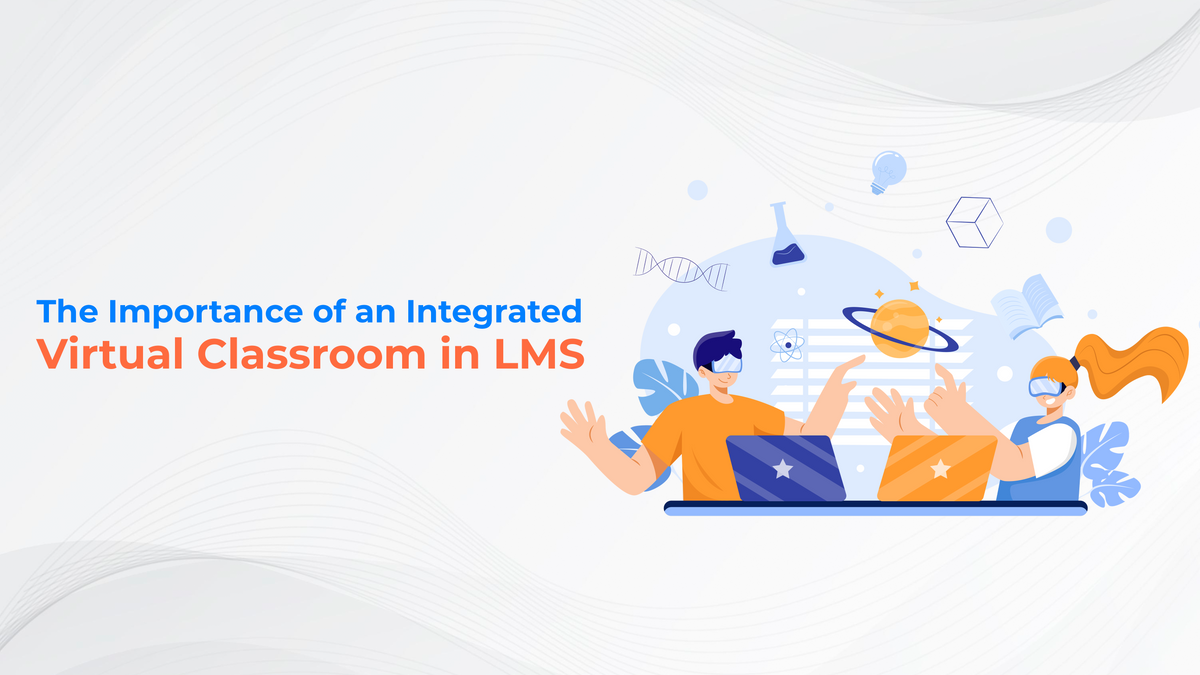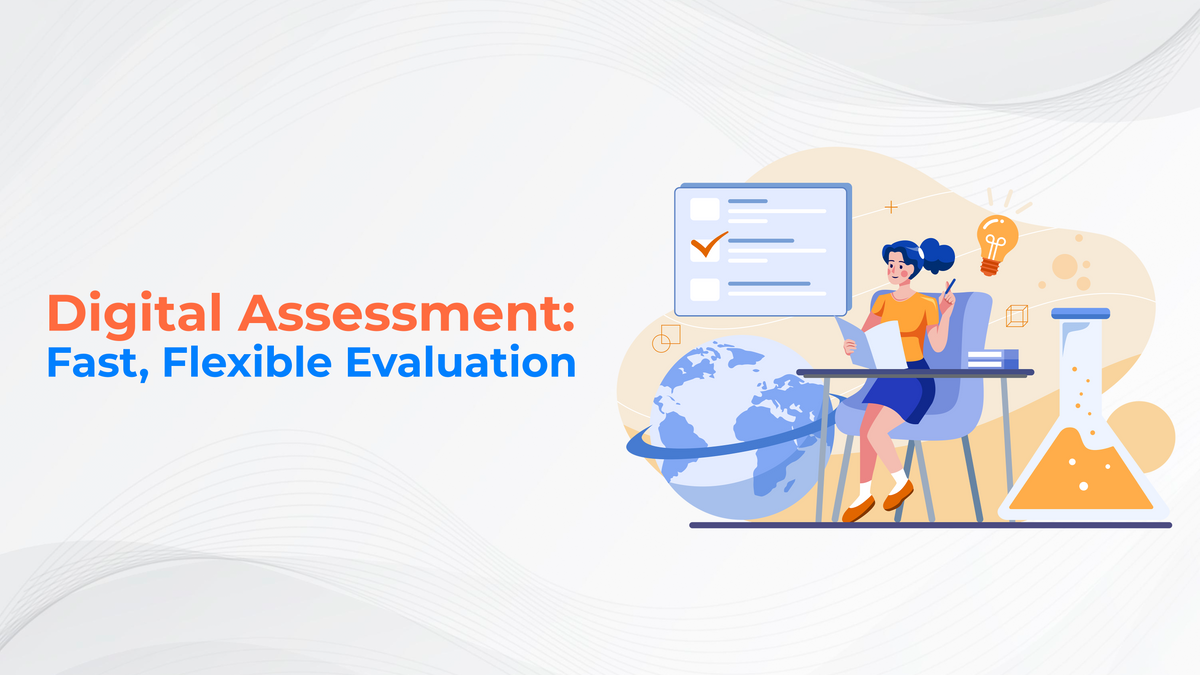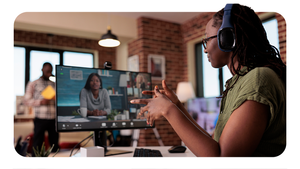In today's fast-paced world, e-learning has become an essential tool for students and educators alike. The adoption of Learning Management Systems (LMS) has grown exponentially, providing a platform for learners to access educational content and resources from anywhere at any time. One key component of an effective LMS is the integration of a virtual classroom, which enhances the learning experience for both students and educators. In this blog, we'll explore the importance of an integrated virtual classroom in a Learning Management System and use BrainCert Virtual Classroom as a reference to highlight its benefits.
Creating Engaging And Interactive eLearning Experiences With BrainCert
There's no doubt that virtual classrooms offer a lot of advantages over traditional classes. One of the biggest benefits is the ability to engage students in a way that feels more like a real class environment. With integrated virtual classrooms, you can create an engaging and interactive environment for your learners. This means that they have access to real-time student feedback and improved collaboration capabilities. In addition, it's easy to administer courses and exams with secure authentication and comprehensive reports.
One of the best ways to improve engagement is through live interactive video lectures, polls, quizzes, whiteboards, broadcasts, and simulations. These tools help learners stay engaged while they are learning, while also providing valuable feedback on their progress. Additionally, deep analytics lets you track learner engagement throughout the course so that you can improve it as needed.
Overall, BrainCert offers better value than traditional elearning platforms thanks to its AI-powered automated grading and attendance tracking features. This makes it easier for you to manage the learning process while meeting industry standards for reporting. In addition, BrainCert offers advanced training modules with deep analytics that let you improve your training skills in ways never before possible.
Enhanced Collaboration and Interactivity
An integrated virtual classroom allows learners and educators to collaborate and interact in real time. This enables active participation from students, facilitating a better understanding of the subject matter. Interactive tools like whiteboards, live chat, and breakout rooms help simulate a traditional classroom environment, fostering a more immersive and engaging learning experience.
Customization and Flexibility
An integrated virtual classroom in an LMS allows for greater customization and flexibility in course delivery. BrainCert's Virtual Classroom, for example, offers a range of tools and features that can be tailored to meet the unique needs of each learning environment. Educators can create personalized lesson plans, assessments, and learning paths, allowing students to learn at their own pace and catering to diverse learning styles.
Accessibility and Inclusivity
Incorporating a virtual classroom within an LMS ensures that education is accessible to a broader audience. Learners from various geographical locations can participate in the same class, removing physical and logistical barriers. This fosters a more inclusive learning environment, promoting cultural exchange and diverse perspectives. BrainCert supports multiple languages, making it suitable for international learners.
Efficient Resource Management
An integrated virtual classroom allows educators to efficiently manage and organize their resources, including lesson materials, assessments, and student records. Teachers can efficiently organize their class materials such as lesson plans, records, and tests by utilizing a comprehensive virtual classroom. BrainCert provides a centralized training medium that simplifies access to all necessary tools, enabling users to collect resources conveniently in one spot. Consequently, students and teachers benefit from heightened efficiency in teaching and learning interactions.
Real-Time Monitoring and Assessment
Virtual classrooms, like the one provided by BrainCert, enable real-time monitoring and assessment of student performance. Educators can track learner progress, identify areas of improvement, and provide instant feedback, promoting a more effective learning experience. Additionally, integrated assessment tools, such as quizzes and polls, can be used to gauge understanding and reinforce key concepts.
Conclusion
Integrating a virtual classroom into a Learning Management System, such as BrainCert's Virtual Classroom, significantly enhances the overall e-learning experience for educators and students. By promoting interactivity, customization, accessibility, and efficient resource management, virtual classrooms play a crucial role in shaping the future of education. Embracing this technology is key to ensuring a more engaging, effective, and inclusive learning environment for all.










